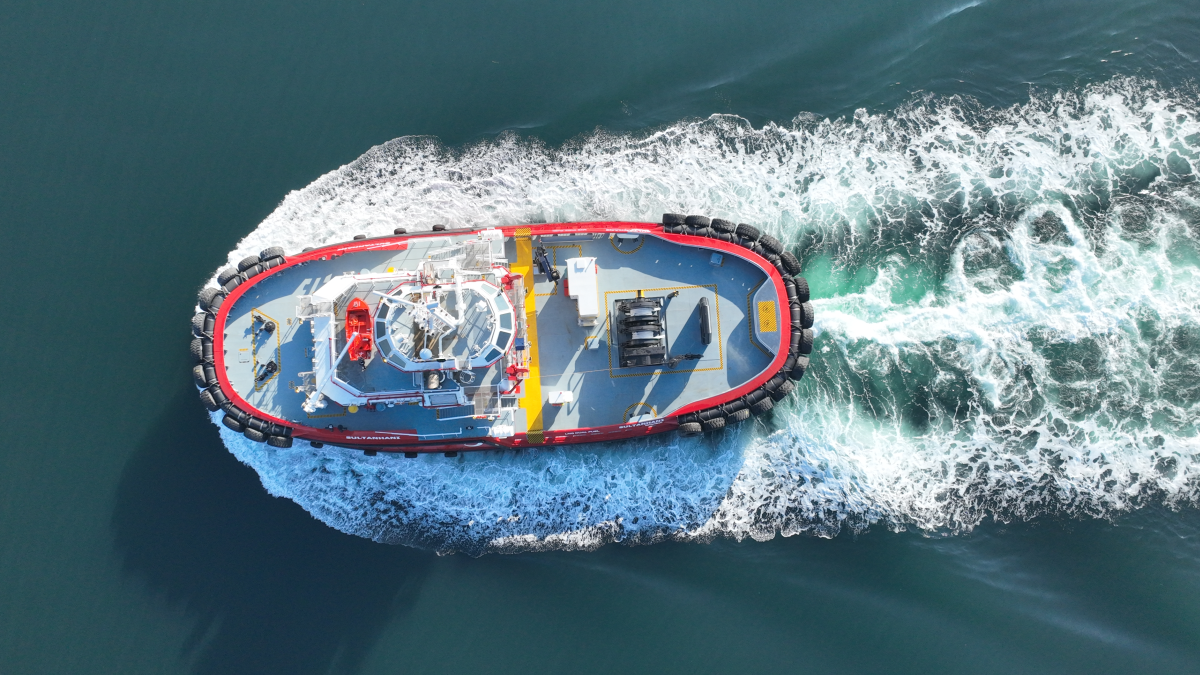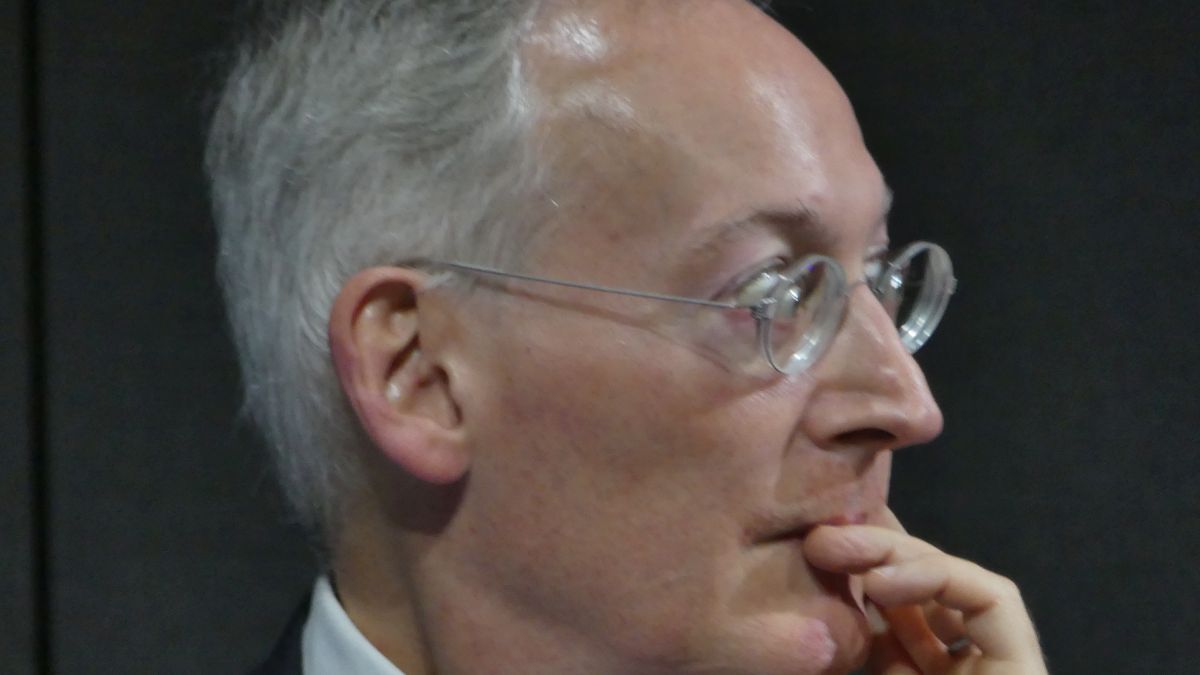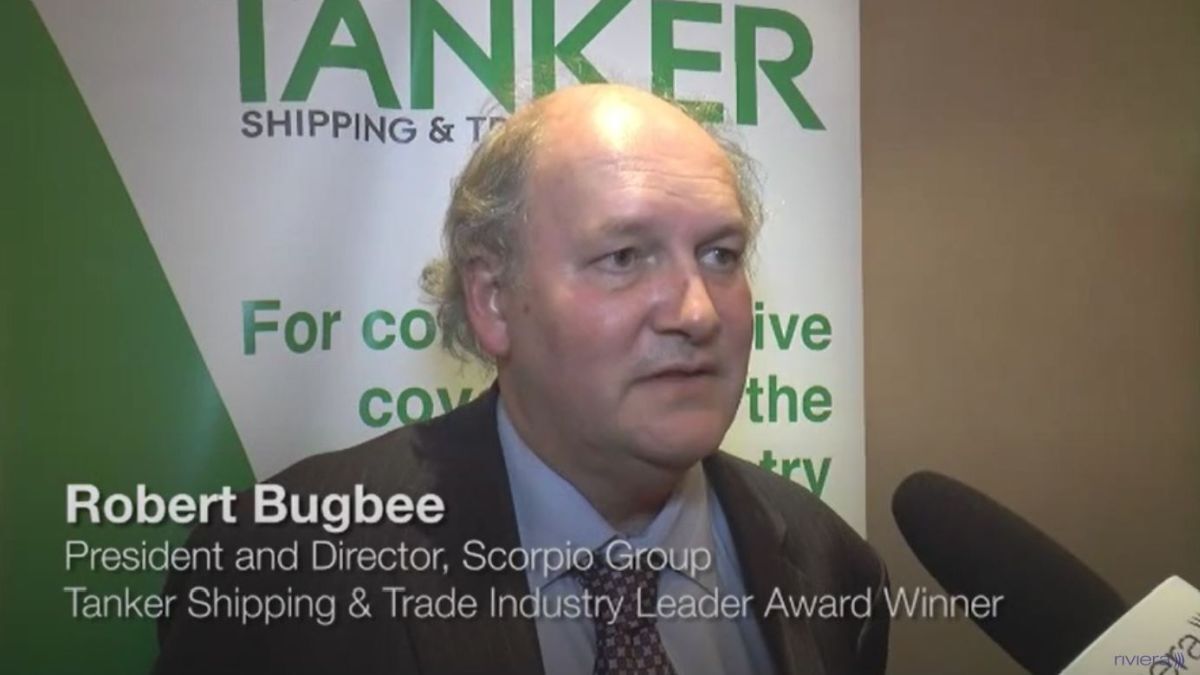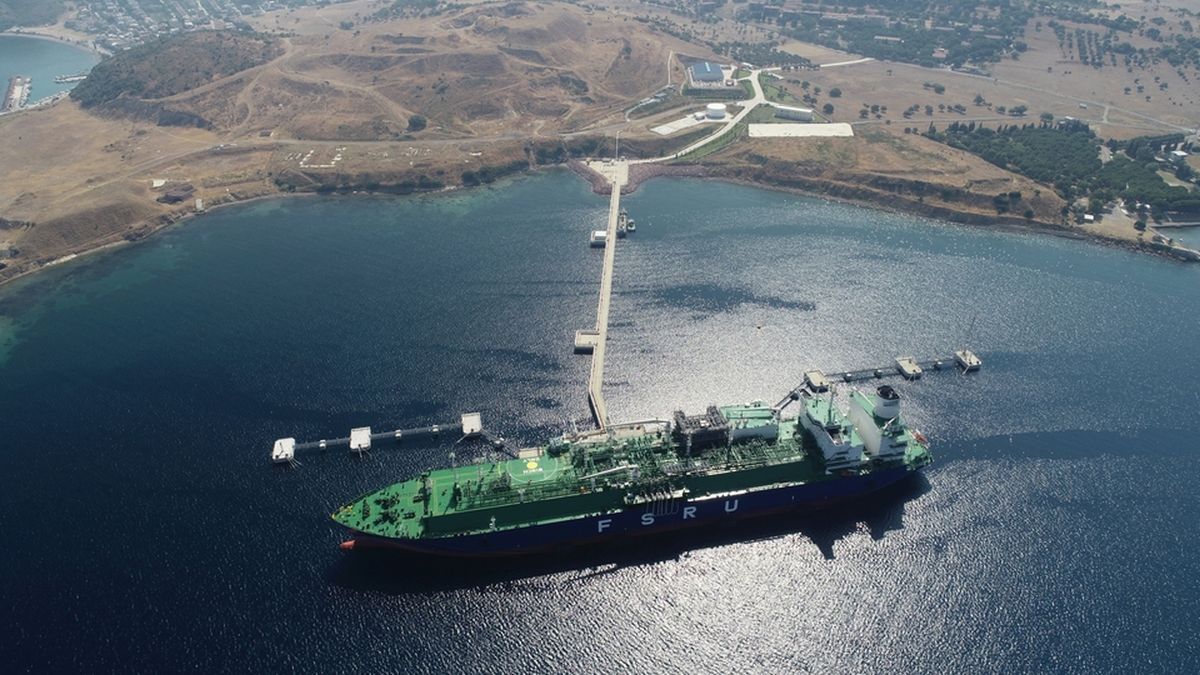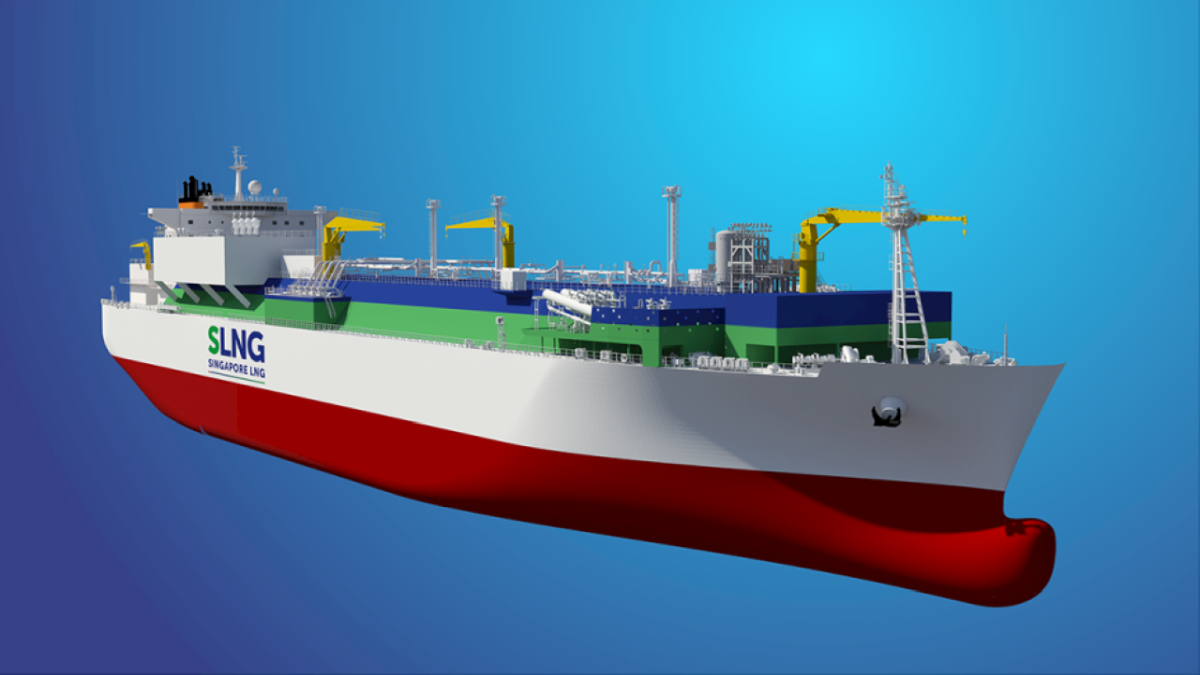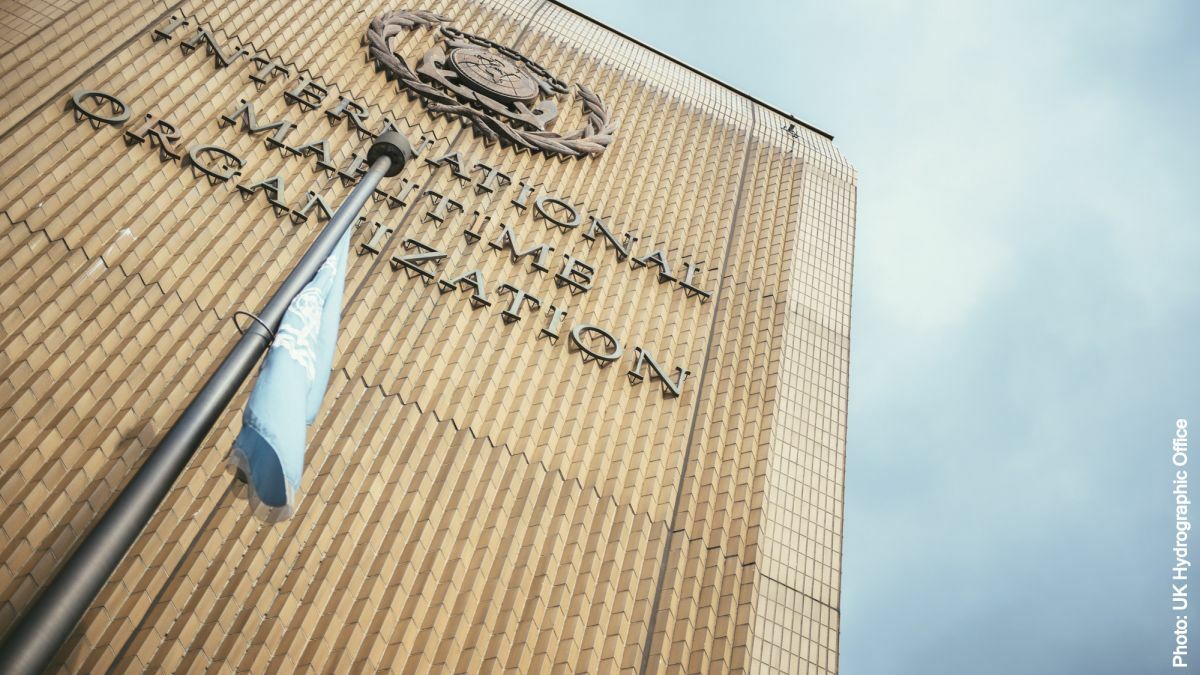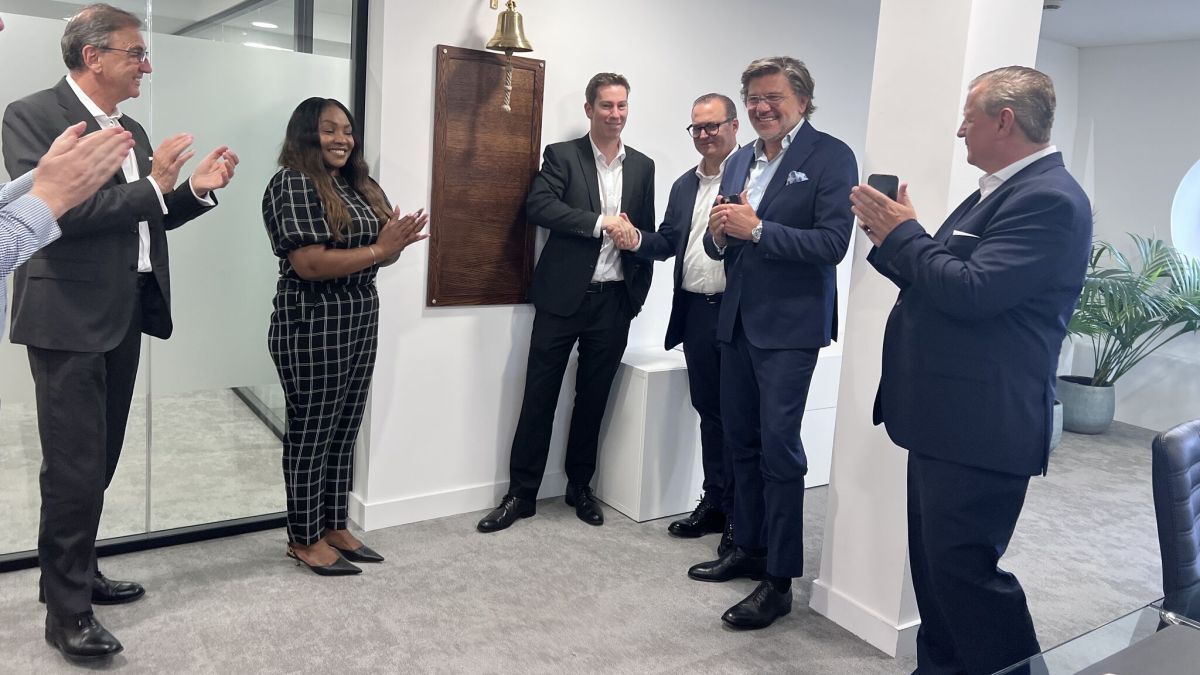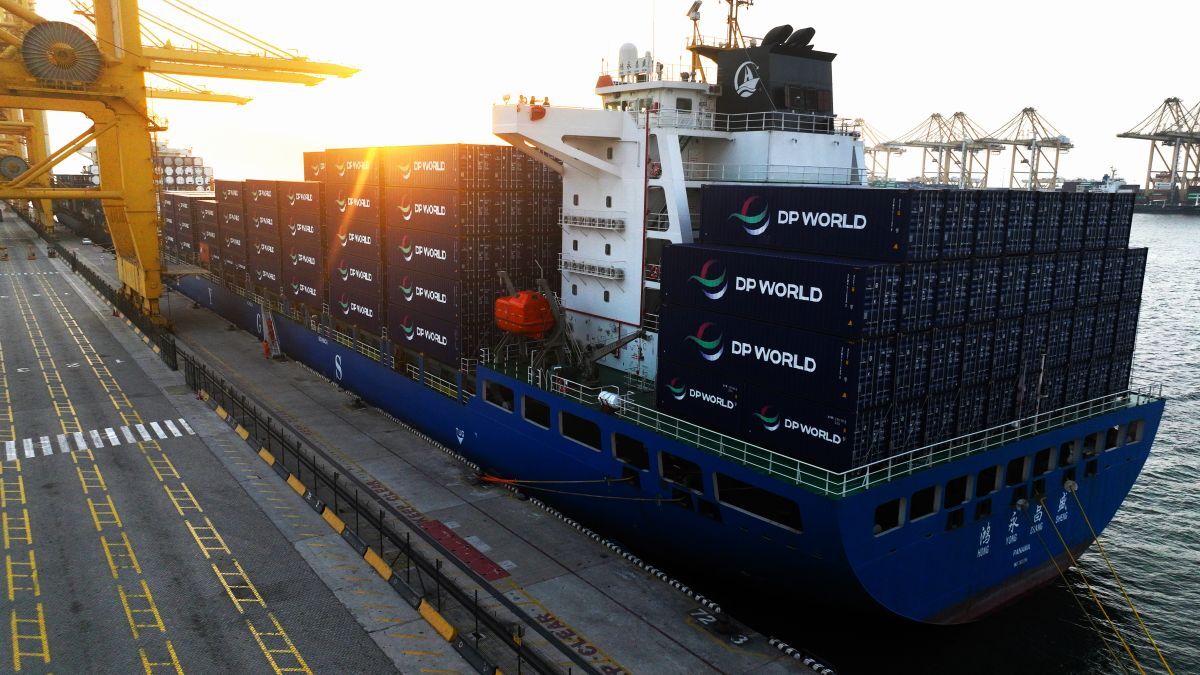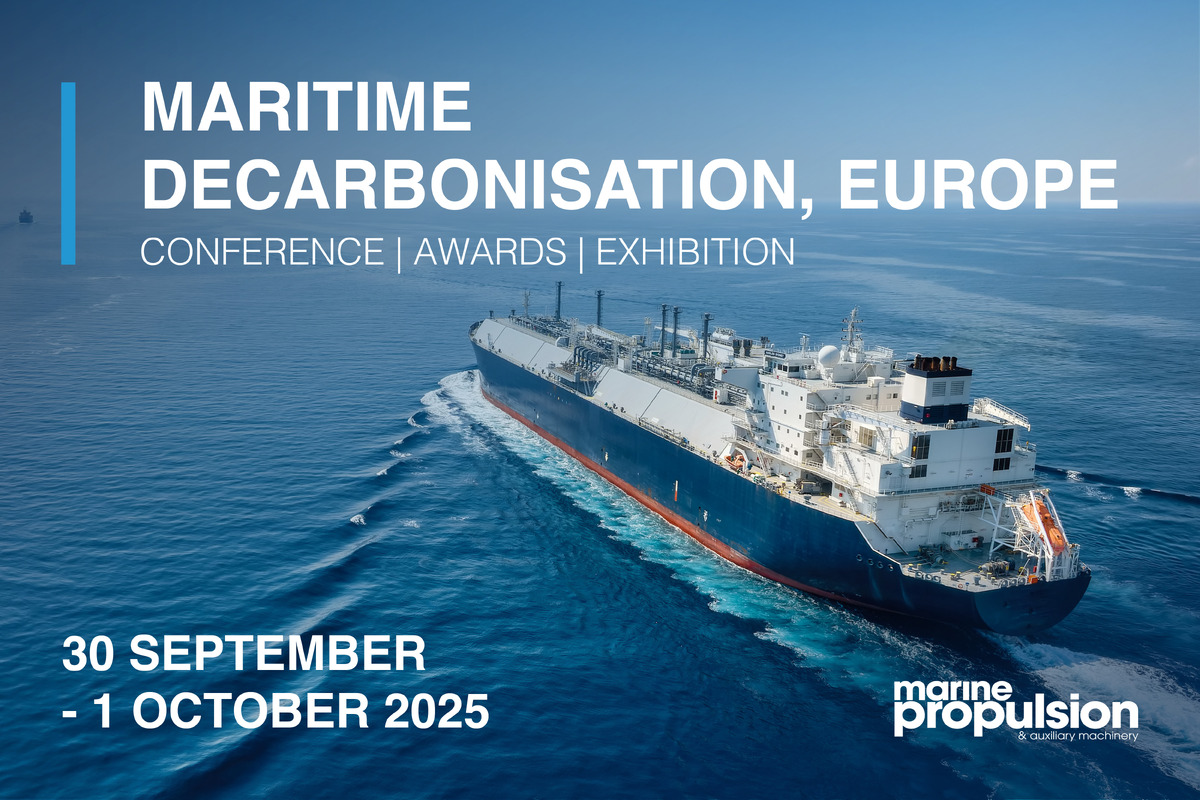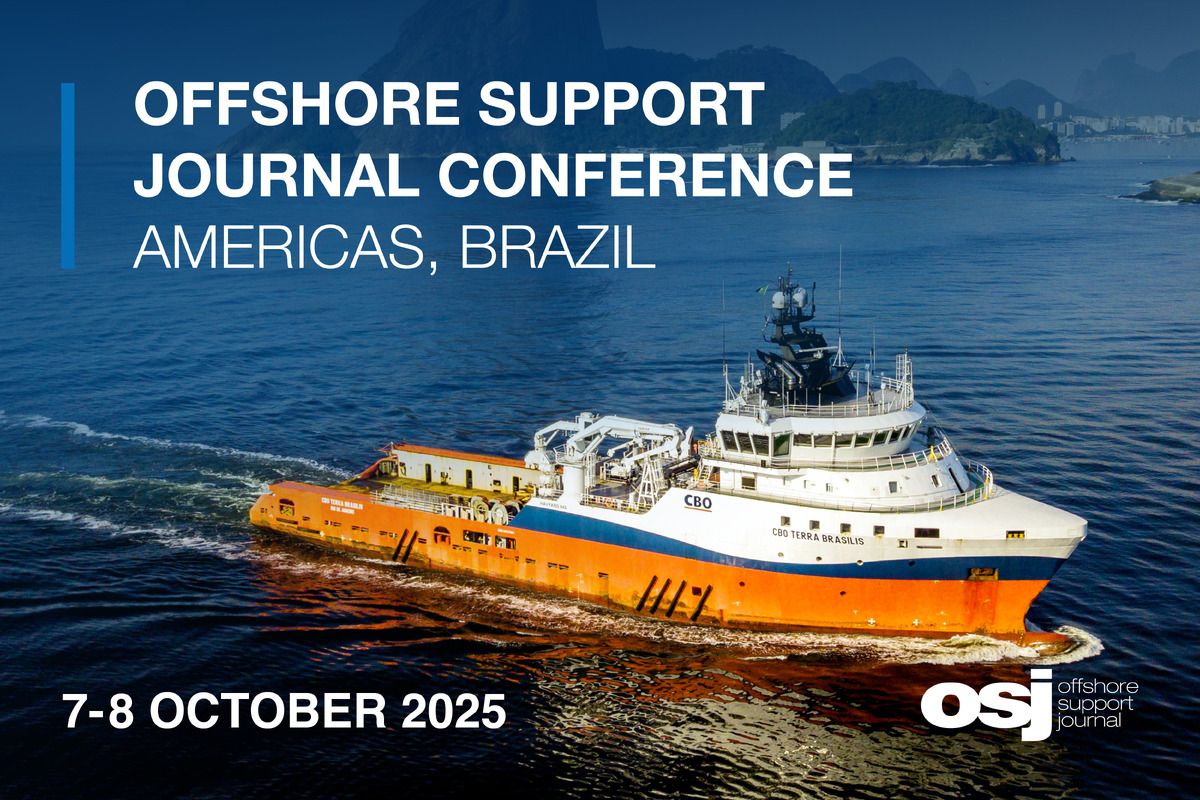Business Sectors
Events
Offshore Wind Webinar Week
Contents
Register to read more articles.
Unique dual-fuel propulsion installed on Botas escort tugs
Two of the most advanced ship escort and handling tugs were delivered to a Turkish energy group to reduce emissions at an energy terminal
Botas Petroleum Pipeline Corp has taken delivery of two newbuild escort tugs with some of the most advanced power and propulsion systems installed to date, which produce significantly lower emissions than diesel-powered tugs.
Silivri was the latest of these two 39-m terminal-support tugboats, the first being Sultanhani, both built by Uzmar Shipyard to Robert Allan Ltd’s design TRAktor V3900-DF with dual-fuel LNG/diesel engines driving Voith Schneider propellers (VSP).
These are not only the first two tugs able to run on LNG fuel in Turkey, they are the world’s first LNG-fuelled tractor tugs with VSPs, in what the naval architect describes as a “unique arrangement”.
Both tugs are equipped with Wärtsilä 6L34DF engines and 32X6 VSPs for fast response times and precise manoeuvring when handling gas or oil tankers. This propulsion combination can generate 80 tonnes of bollard pull and 107 tonnes of steering force during escort operation, and 188 tonnes of braking, which is more than double the static bollard pull, and provides these tugs with a free running speed ahead of 12 knots.
“The 32X6 VSP model is the latest innovation in cycloidal propeller design, featuring several improvements over its predecessors, not least of which is a simplified yet more robust design,” said Robert Allan. “The TRAktor V3900-DF series also features a new geometry for the VSP guard plate, optimising bollard pull performance and simplifying construction.”
An exhaust aftertreatment arrangement consisting of selective catalytic reduction units, mixing tubes and a dedicated diesel exhaust fluid system are installed on both vessels to maintain IMO Tier III emissions compliance even in diesel operating mode.
Silivri and Sultanhani have a 40 m3 LNG tank fitted aft of the engineroom in a dedicated compartment.
Robert Allan said this was installed transversely for a compact and efficient equipment arrangement, and to ensure associated hazardous zones were physically separate from the accommodation block forward.
“A carefully designed force-ventilated LNG vent mast allows possible vented natural gas from the LNG tank and system to be well dispersed on exit, without the potential for cold vapour collapse,” said the naval architect. “The vent mast locates the outlet well above the working deck and away from any crew areas or ventilation intakes.”
Both tug wheelhouses were designed for 360° visibility for the master and have two control stations (one forward and one aft), each with full functionality.
Deck equipment such as the heavy-duty escort winch and dedicated staple are fully visible from the aft control station, as are the two monitors that are part of the tugs’ FiFi1 class fire-fighting system.
“These small appendages ensure the tug is directionally stable yet still highly manoeuvrable, with very minimal impact to resistance”
These 900-gt tugs have a moulded beam of 15 m, a moulded depth of 6 m, and capacity to store 164 m3 of diesel fuel and 23 m3 of potable water.
Bureau Veritas classed these tugs with notations for fire-fighting 1 water spraying, escort tugs with automation for unmanned machinery spaces, dual-fuel LNG propulsion, in-water surveys and unrestricted navigation.
Robert Allan said it used extensive computational fluid dynamics (CFD) to design the TRAktor V3900-DF hullform, during which multiple operational parameters were optimised. To ensure excellent tug directional stability, Robert Allan included strake stabilisers at the stern.
“These small appendages ensure the tug is directionally stable yet still highly manoeuvrable, with very minimal impact to resistance,” Robert Allan said. During the design phase, these CFD results were verified in model tests and confirmed in sea trials.
Robert Allan said it incorporated lessons learned and operational feedback from the 10 previous LNG-fuelled tugs it had designed, and it would use these design features as the foundation for future alternatively fuelled tug designs under development.
Related to this Story
Events
Offshore Wind Webinar Week
Maritime Decarbonisation, Europe: Conference, Awards & Exhibition 2025
Offshore Support Journal Conference, Americas 2025
© 2024 Riviera Maritime Media Ltd.


